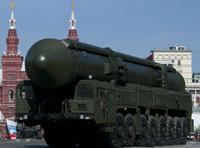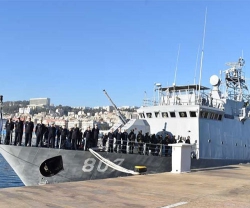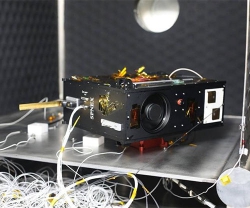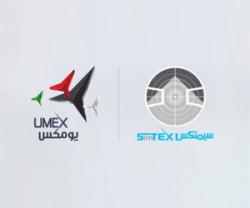Russia staged Wednesday the first successful test-launch of a new intercontinental missile designed to pierce the defense system now being deployed by NATO despite Moscow's fierce complaints.
The highly symbolic launch came just 4 days after the alliance formally activated the first stage of a defense shield whose deployment Russia has bitterly opposed out of fears that it may target its own vast nuclear arsenal.
The missile “should raise the combat capabilities of Russia's Strategic Nuclear Forces, including by improving their ability to overcome missile defense systems,” Defense Ministry Spokesman Vadim Koval told RIA Novosti.
A military source told the Interfax news agency that the launch was only the second ever conducted in the top-secret program.
The source said the first failed on September 27 when the missile suffered an undisclosed malfunction and crashed only 10 kilometers (6 miles) from the launch site.
The rocket still has no formal name but is being billed by the military as a “fifth generation” weapon that substantially upgrades the technology used by its already-feared Topol-M and Yars systems.
“This is one of the measures being developed by Russia's military and political leadership in response to the US deployment of a global anti-missile system,” former Strategic Forces Director Viktor Yesin told Interfax.
Little has been revealed about the weapon except its purported ability to better avoid being shot down.
The government Rossiyskaya Gazeta newspaper claimed the missile “can reach any spot on Earth” from Russian soil with a maximum range of 16,000 kilometers (10,000 miles) and can carry a bigger payload than any missile in Russia's current range.
Military sources said Wednesday that the missile was also easier to manoeuvre and had individual and had individual warheads that could change course as they closed in on a target at supersonic speed.
Russia already has hundreds of long-range missiles capable of raining down nearly 2,000 nuclear warheads on the United States.
But much of the force is built on technology developed in the Soviet era that Russia fears may become obsolete by the time NATO's shield becomes fully operational in 2018.
Russian President Vladimir Putin unveiled a massive new armaments program during his successful election to a third term and made a visit to a military factory one of his first high-profile stops after his May 7 swearing in.
Putin's predecessor and protégé Dmitry Medvedev warned the West last year that Russia will have to deploy new rockets on the borders of NATO's European partners such as Poland should its concerns not be addressed.
It has since deployed a next-generation anti-missile radar near the Polish border and on Wednesday began testing a similar station at the heart of its nuclear arsenal base in the Siberian city of Irkutsk.
The Army's top General Nikolai Makarov this month ratcheted up the rhetoric further by warning that Russia reserved the right to preemptively strike NATO targets once it felt its shield posed a significant threat.
US President Barack Obama has sent multiple negotiating missions to Moscow and was earlier this year caught by an open microphone telling Medvedev that he intended to negotiate more on the issue should he win re-election in November.
Medvedev this weekend also delivered a message from Putin to Obama that one Russian official said covered security issues along with other points.
Source: AFP; RIA Novosti; Interfax; Rossiyskaya Gazeta – File Photo: CNN AP




















